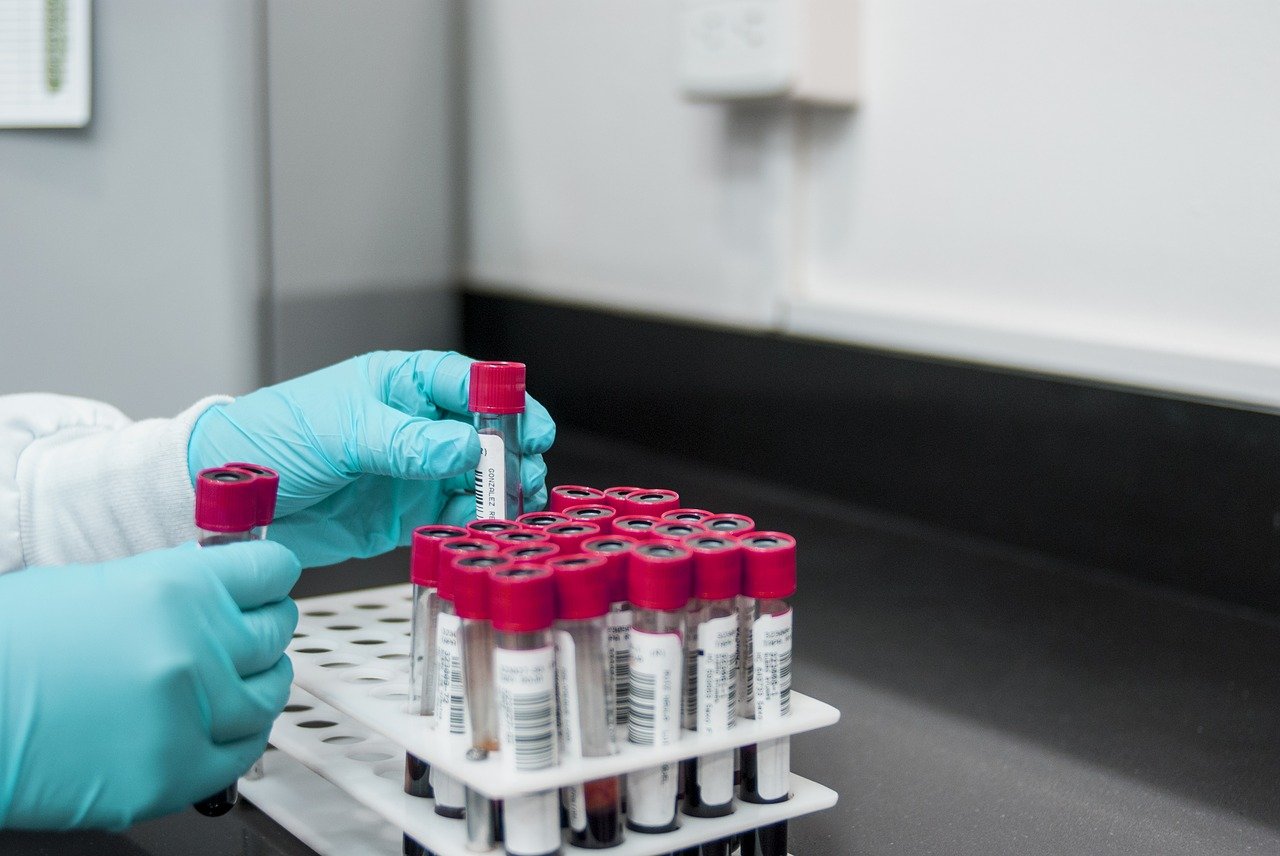A group of American researchers claim that blood transfusions could slow down the progression of Alzheimer’s disease, a condition that does not benefit from a specific treatment, reports Futura Sante.
Alzheimer’s disease, the leading form of dementia globally, is a neurodegenerative disease for which there is no cure. Alzheimer’s disease is caused by the accumulation of abnormal protein aggregates in the brain. The disease evolves slowly – over years – and ends with the death of the affected person.
More specifically, it is Tau proteins and amyloid beta peptides that are responsible: beta amyloids accumulate and form amyloid plaques on the outside of neurons, thus blocking communication between neurons. In turn, Tau proteins are deformed and present in large amounts in the destroyed neurons.
Alzheimer’s disease is diagnosed mainly in people over 65 years of age. Unfortunately, the disease is often detected too late. When the first symptoms appear such as memory loss, speech disorders, disorientation in space, etc., the brain is already affected.
Currently, there is no specific treatment that can stop or slow down the progression of the disease. However, researchers have studied a means of preventing the aggregation of beta-amyloid proteins and their storage in the brain. It is the subject of a study published in the journal Nature – Molecular Psychiatry, which proposes blood transfusions as a solution to slow the progression of the disease.
Currently, the treatments being tested don’t work, mainly – the researchers say – because the therapeutic molecules are stopped by the blood-brain barrier, which isolates the brain from the bloodstream and serves as a filter. Thus, rather than removing the amyloid plaques already present in the brain, the researchers focused on preventing the peptides from aggregating into plaques. The researchers’ solution is to bring new blood into mice affected by the disease and observe the development of amyloid plaques.
—


